Vintage fantasy science fiction pulp magazine Fantastic Adventures July 1946
$26.00
This is a “good” vintage “standard” format pulp magazine published in 1946, cover date July, cover price 25 cents, 178 newsprint pages.
Includes a 9,000 word short by Robert Bloch: “Tree’s A Crowd”, the author of “Psycho”.
Cover art by Arnold Kohn.
Spine is solid, no loose or folded pages, no writing internally, no tears, edges are moderately tanned. Cover colors are bright and uniform, front and back, with perhaps some slight sunning along the spine, front and back, but not elsewhere. Cover edges and overhangs are bumped, with many small closed tears and some chipping. There is one 3/4 – 1″ closed tear at the bottom of the back cover near the spine. One small pencil annotation (a “G” ?) in the title’s “F”, otherwise no marks.
Overall, a still very pleasing copy
See the accompanying images for table of contents & full condition details.
Will ship promptly, carefully packaged, with tracking.
1 in stock
Additional information
| Weight | .5 oz |
|---|---|
| Dimensions | 10 × 5 × 2 in |
Related products
First Edition Empire Strikes Back Hardcover: 1980 Star Wars Book Club
This book club hardcover is indeed the "first edition" of this title, being the first time it was published in hardcover format. It has the required "K29" gutter code on page 182, indicating the July '80 printing. The book has a solid binding, with no loose, torn or folded pages. No writing or marks or tags. There is a dent in the top edge of the front board. The board corners are sharp, not bumped, front and back. The original dust jacket shows some mild edge wear and chipping, some light rubbing at corners, but not significant faults. Really fun piece of Star Wars history in above-average condition! Getting more scarce in quality condition with each year... See the accompanying images for full condition details. Will ship promptly, carefully packaged, with tracking. n as a vital chronicler of both the medium’s history and its contemporary practice.
First Edition Empire Strikes Back Hardcover: 1980 Star Wars Book Club
This book club hardcover is indeed the "first edition" of this title, being the first time it was published in hardcover format. It has the required "K29" gutter code on page 182, indicating the July '80 printing. The book has a solid binding, with no loose, torn or folded pages. No writing or marks or tags. There is a dent in the top edge of the front board. The board corners are sharp, not bumped, front and back. The original dust jacket shows some mild edge wear and chipping, some light rubbing at corners, but not significant faults. Really fun piece of Star Wars history in above-average condition! Getting more scarce in quality condition with each year... See the accompanying images for full condition details. Will ship promptly, carefully packaged, with tracking. n as a vital chronicler of both the medium’s history and its contemporary practice.
First Edition Isaac Asimov Sci-Fi Essays: “The Planet That Wasn’t” 1977 Paperback
Solid spine. No loose, torn, or folded pages. No writing. Some light edge wear on covers, text block bright, unspotted, not soiled. Barely any signs of reading wear. Certainly a superlative vintage copy. See the accompanying images for table of contents & full condition details. Will ship promptly, carefully packaged, with tracking.
First Edition Isaac Asimov Sci-Fi Essays: “The Planet That Wasn’t” 1977 Paperback
Solid spine. No loose, torn, or folded pages. No writing. Some light edge wear on covers, text block bright, unspotted, not soiled. Barely any signs of reading wear. Certainly a superlative vintage copy. See the accompanying images for table of contents & full condition details. Will ship promptly, carefully packaged, with tracking.
Sci-Fi Chess Novel: The Squares of the City by John Brunner, 1978 Edition
Crisp, solid copy, with an uncreased spine. No marks or writing, no loose, torn or folded pages. Text and covers are square and close tightly. Text block edges are uniform, not rubbed or soiled, bright all around. Covers show some minimal surface wear. Very pleasing overall. Somewhat scarce title. Really nice vintage copy! See accompanying images for full condition details. Enter John Brunner's Hugo-nominated masterpiece, The Squares of the City, where every citizen is a chess piece in a deadly game of power and control.... In the gleaming planned metropolis of Ciudad de Vados, capital of the fictional South American nation Aguazul, traffic analyst Boyd Hakluyt arrives to solve what seems like a routine urban planning problem. Instead, he finds himself trapped in a meticulously orchestrated conflict where the 1892 World Chess Championship match between Wilhelm Steinitz and Mikhail Chigorin is being played out with human lives. The city's elite, led by the enigmatic President Vados, use subliminal messaging and media manipulation to control the population, while the impoverished native residents fight to reclaim their land and dignity. As Hakluyt navigates between the sophisticated chess-obsessed ruling class and the desperate slum dwellers, he discovers that every death, every political maneuver, every act of resistance corresponds to an actual move in the historic chess game. Brunner's brilliant structural experiment transforms a political thriller into a profound meditation on colonialism, urban planning, and the ethics of social engineering. This 1978 edition captures Brunner at his most innovative, blending Graham Greene-style intrigue with cutting-edge social commentary that remains startlingly relevant to our modern debates about gentrification, surveillance, and the price of progress. Will ship promptly, carefully packaged.
Sci-Fi Chess Novel: The Squares of the City by John Brunner, 1978 Edition
Crisp, solid copy, with an uncreased spine. No marks or writing, no loose, torn or folded pages. Text and covers are square and close tightly. Text block edges are uniform, not rubbed or soiled, bright all around. Covers show some minimal surface wear. Very pleasing overall. Somewhat scarce title. Really nice vintage copy! See accompanying images for full condition details. Enter John Brunner's Hugo-nominated masterpiece, The Squares of the City, where every citizen is a chess piece in a deadly game of power and control.... In the gleaming planned metropolis of Ciudad de Vados, capital of the fictional South American nation Aguazul, traffic analyst Boyd Hakluyt arrives to solve what seems like a routine urban planning problem. Instead, he finds himself trapped in a meticulously orchestrated conflict where the 1892 World Chess Championship match between Wilhelm Steinitz and Mikhail Chigorin is being played out with human lives. The city's elite, led by the enigmatic President Vados, use subliminal messaging and media manipulation to control the population, while the impoverished native residents fight to reclaim their land and dignity. As Hakluyt navigates between the sophisticated chess-obsessed ruling class and the desperate slum dwellers, he discovers that every death, every political maneuver, every act of resistance corresponds to an actual move in the historic chess game. Brunner's brilliant structural experiment transforms a political thriller into a profound meditation on colonialism, urban planning, and the ethics of social engineering. This 1978 edition captures Brunner at his most innovative, blending Graham Greene-style intrigue with cutting-edge social commentary that remains startlingly relevant to our modern debates about gentrification, surveillance, and the price of progress. Will ship promptly, carefully packaged.
Vintage Sci-Fi Paperback: My Name is Legion by Roger Zelazny, 1981 Edition
Shows slight minimal aging and a little edge wear on covers, but no significant flaws (no writing, tags, marks, loose, torn or folded pages). Certainly a great addition to a vintage science fiction collection and a worthy gift! See the accompanying images for full condition details. Will ship promptly, carefully packaged, with tracking. About the book: "My Name is Legion" by Roger Zelazny is a "science fiction" story line that combines cyberpunk elements with existential depth. The book consists of three interconnected novellas ("The Eve of Ragnarok," "Kjwalll'kje'k'koothaïlll'kje'k," and "'Home is the Hangman") that follow a futuristic investigator known only as "Legion"—a man with no legal identity who manipulates global surveillance systems to solve crimes. The novellas: "The Eve of RUMOKO" – The protagonist must uncover a saboteur on a project using nuclear explosives to create artificial islands. "'Kjwalll'kje'k'koothai'lll'kje'k" – Set at a research station in the Bahamas, the hero investigates a diver’s mysterious death, possibly involving dolphins. "Home Is the Hangman" – A sentient robot, lost years before, may have returned to Earth to kill its creators. These stories are linked by their protagonist and themes of identity, surveillance, and the ethical dilemmas of technology. They are not directly connected to Zelazny’s other famous works like "The Last Defender of Camelot" or "For a Breath I Tarry". Why You Should Read It: 1) Cyberpunk Before Cyberpunk – Zelazny’s vision of a hyper-surveilled society predates Neuromancer and other cyberpunk classics, making it a fascinating proto-cyberpunk gem. 2) Philosophical & Psychological Depth – The protagonist grapples with identity, free will, and the nature of humanity, themes that remain deeply relevant in today’s AI-driven world. 3) Award-Winning Excellence – The final novella, "'Home is the Hangman," won both the Nebula in 1976 and Hugo 1976 for Best Novella. Also nominated for the Locus Award for Best Collection in 1977. If You Enjoyed These, then "My Name is Legion" is likely to be in your wheelhouse: >>John Brunner – The Shockwave Rider (for its take on computer networks and identity) >>Alfred Bester – The Demolished Man (for noir SF with a psychological edge) >>Philip K. Dick – A Scanner Darkly (for its themes of surveillance and shifting identity) Interesting Facts: The second story’s title, "'Kjwalll'kje'k'koothai'lll'kje'k," is intentionally unpronounceable, reflecting the communication barrier between humans and dolphins—a clever nod to the story’s central mystery. The title "My Name is Legion" is a biblical reference, taken from the Gospel of Mark, where a demon identifies himself as "Legion, for we are many." Zelazny chose this title to reflect the protagonist's fragmented identity and his ability to assume different roles and personas. Relevance Today: The themes explored in "My Name is Legion," such as the impact of technology on society and the nature of identity, are still relevant today. Zelazny's vision of a future where technology has blurred the lines between human and machine is both fascinating and cautionary.
Vintage Sci-Fi Paperback: My Name is Legion by Roger Zelazny, 1981 Edition
Shows slight minimal aging and a little edge wear on covers, but no significant flaws (no writing, tags, marks, loose, torn or folded pages). Certainly a great addition to a vintage science fiction collection and a worthy gift! See the accompanying images for full condition details. Will ship promptly, carefully packaged, with tracking. About the book: "My Name is Legion" by Roger Zelazny is a "science fiction" story line that combines cyberpunk elements with existential depth. The book consists of three interconnected novellas ("The Eve of Ragnarok," "Kjwalll'kje'k'koothaïlll'kje'k," and "'Home is the Hangman") that follow a futuristic investigator known only as "Legion"—a man with no legal identity who manipulates global surveillance systems to solve crimes. The novellas: "The Eve of RUMOKO" – The protagonist must uncover a saboteur on a project using nuclear explosives to create artificial islands. "'Kjwalll'kje'k'koothai'lll'kje'k" – Set at a research station in the Bahamas, the hero investigates a diver’s mysterious death, possibly involving dolphins. "Home Is the Hangman" – A sentient robot, lost years before, may have returned to Earth to kill its creators. These stories are linked by their protagonist and themes of identity, surveillance, and the ethical dilemmas of technology. They are not directly connected to Zelazny’s other famous works like "The Last Defender of Camelot" or "For a Breath I Tarry". Why You Should Read It: 1) Cyberpunk Before Cyberpunk – Zelazny’s vision of a hyper-surveilled society predates Neuromancer and other cyberpunk classics, making it a fascinating proto-cyberpunk gem. 2) Philosophical & Psychological Depth – The protagonist grapples with identity, free will, and the nature of humanity, themes that remain deeply relevant in today’s AI-driven world. 3) Award-Winning Excellence – The final novella, "'Home is the Hangman," won both the Nebula in 1976 and Hugo 1976 for Best Novella. Also nominated for the Locus Award for Best Collection in 1977. If You Enjoyed These, then "My Name is Legion" is likely to be in your wheelhouse: >>John Brunner – The Shockwave Rider (for its take on computer networks and identity) >>Alfred Bester – The Demolished Man (for noir SF with a psychological edge) >>Philip K. Dick – A Scanner Darkly (for its themes of surveillance and shifting identity) Interesting Facts: The second story’s title, "'Kjwalll'kje'k'koothai'lll'kje'k," is intentionally unpronounceable, reflecting the communication barrier between humans and dolphins—a clever nod to the story’s central mystery. The title "My Name is Legion" is a biblical reference, taken from the Gospel of Mark, where a demon identifies himself as "Legion, for we are many." Zelazny chose this title to reflect the protagonist's fragmented identity and his ability to assume different roles and personas. Relevance Today: The themes explored in "My Name is Legion," such as the impact of technology on society and the nature of identity, are still relevant today. Zelazny's vision of a future where technology has blurred the lines between human and machine is both fascinating and cautionary.
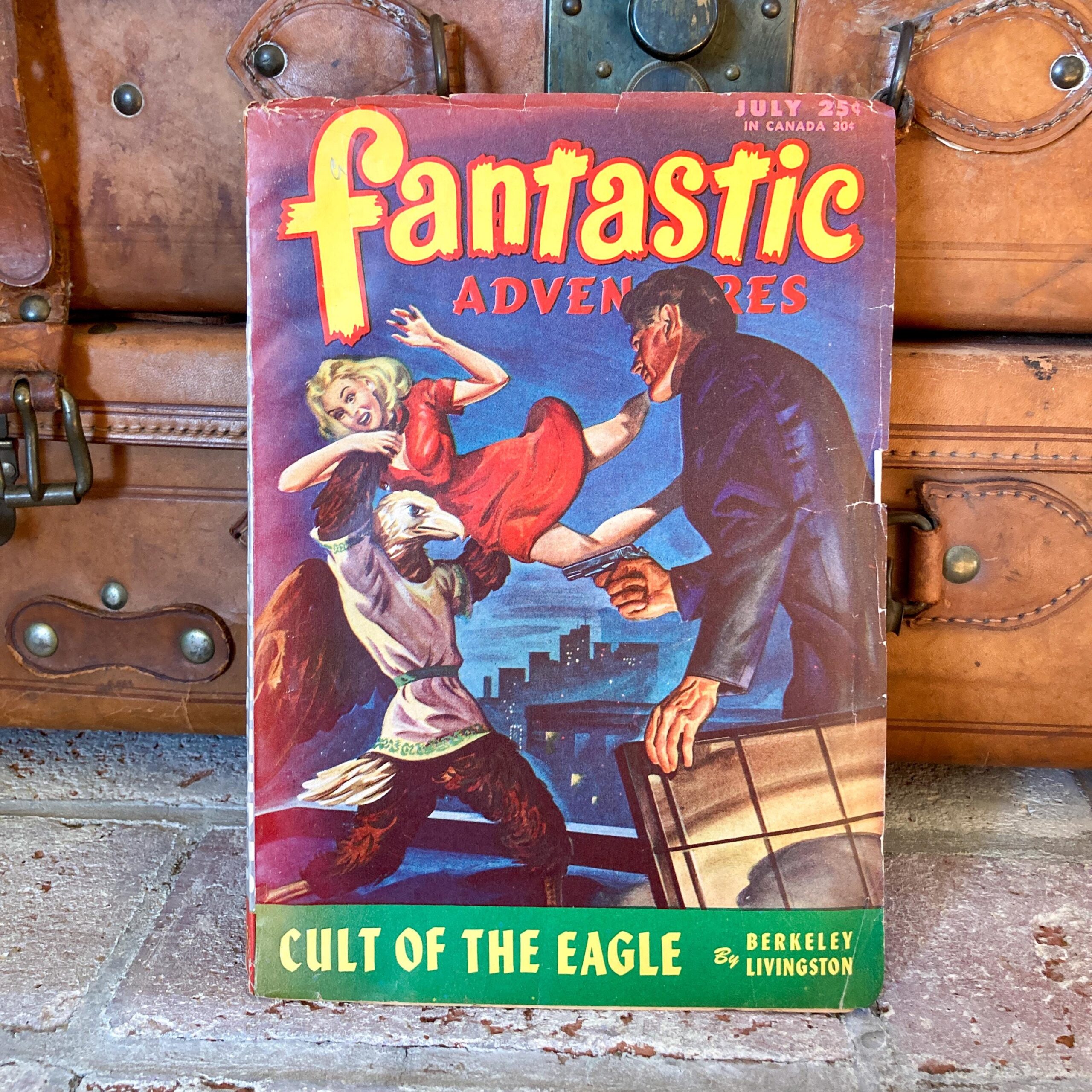
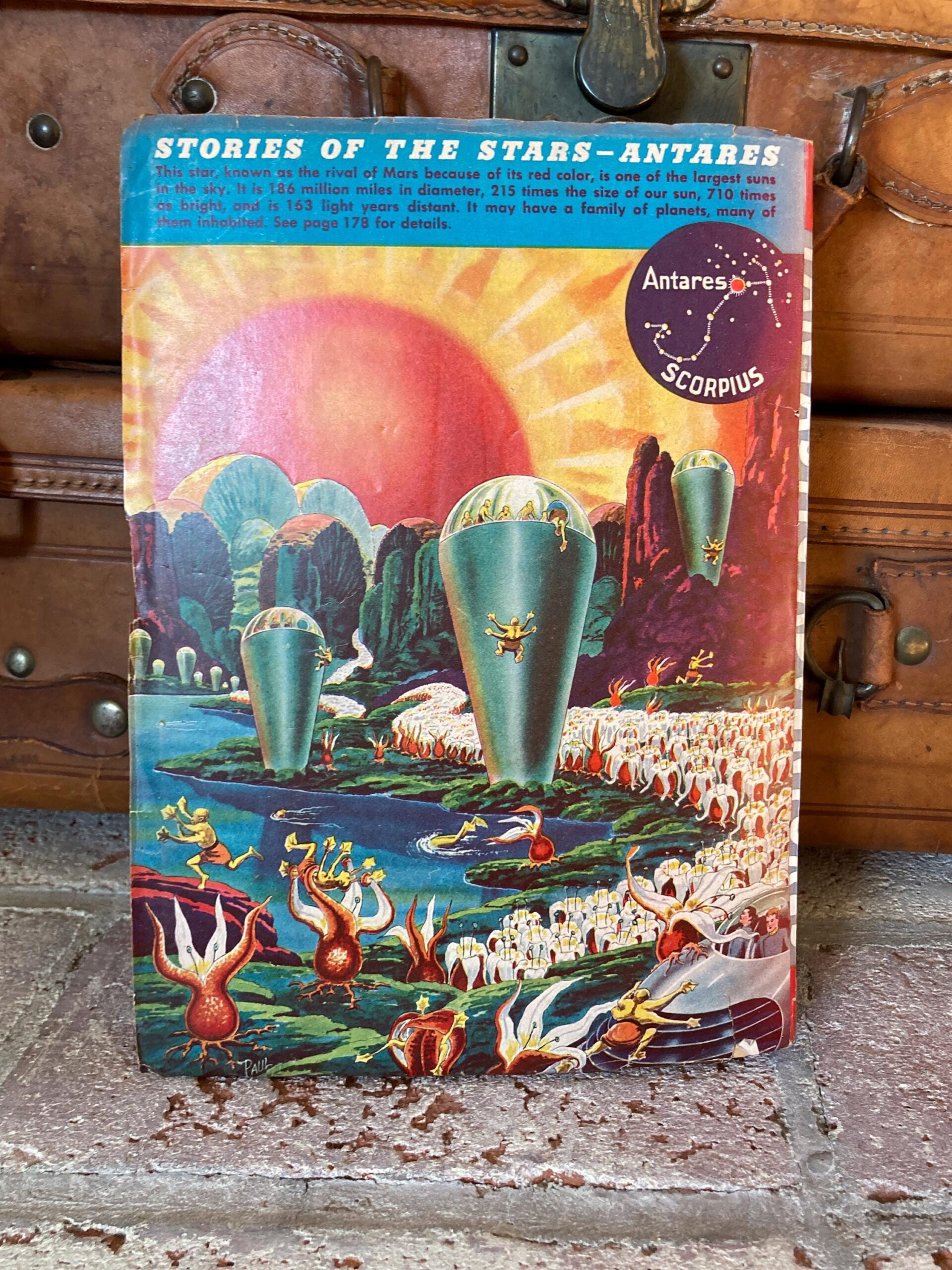
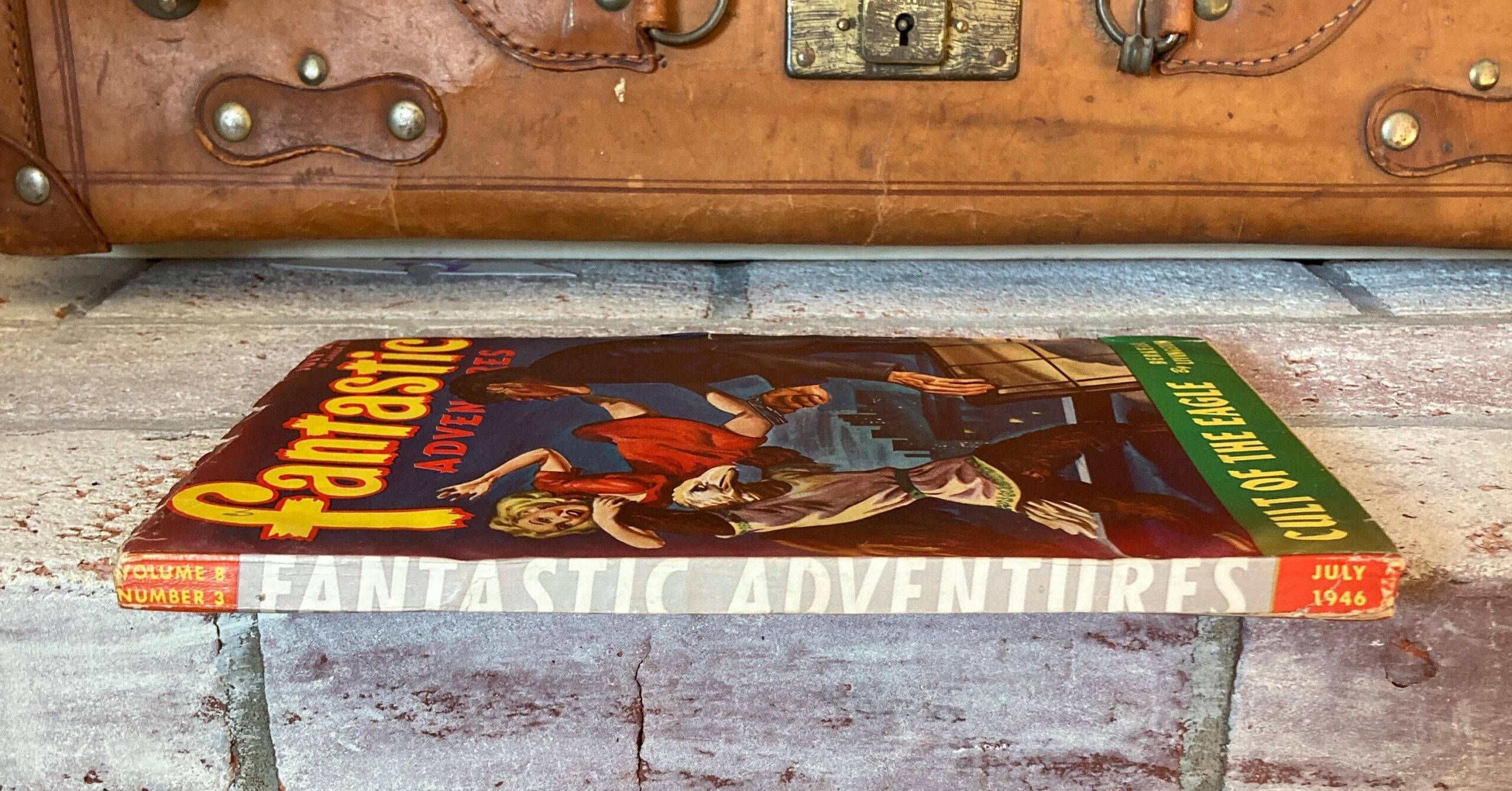
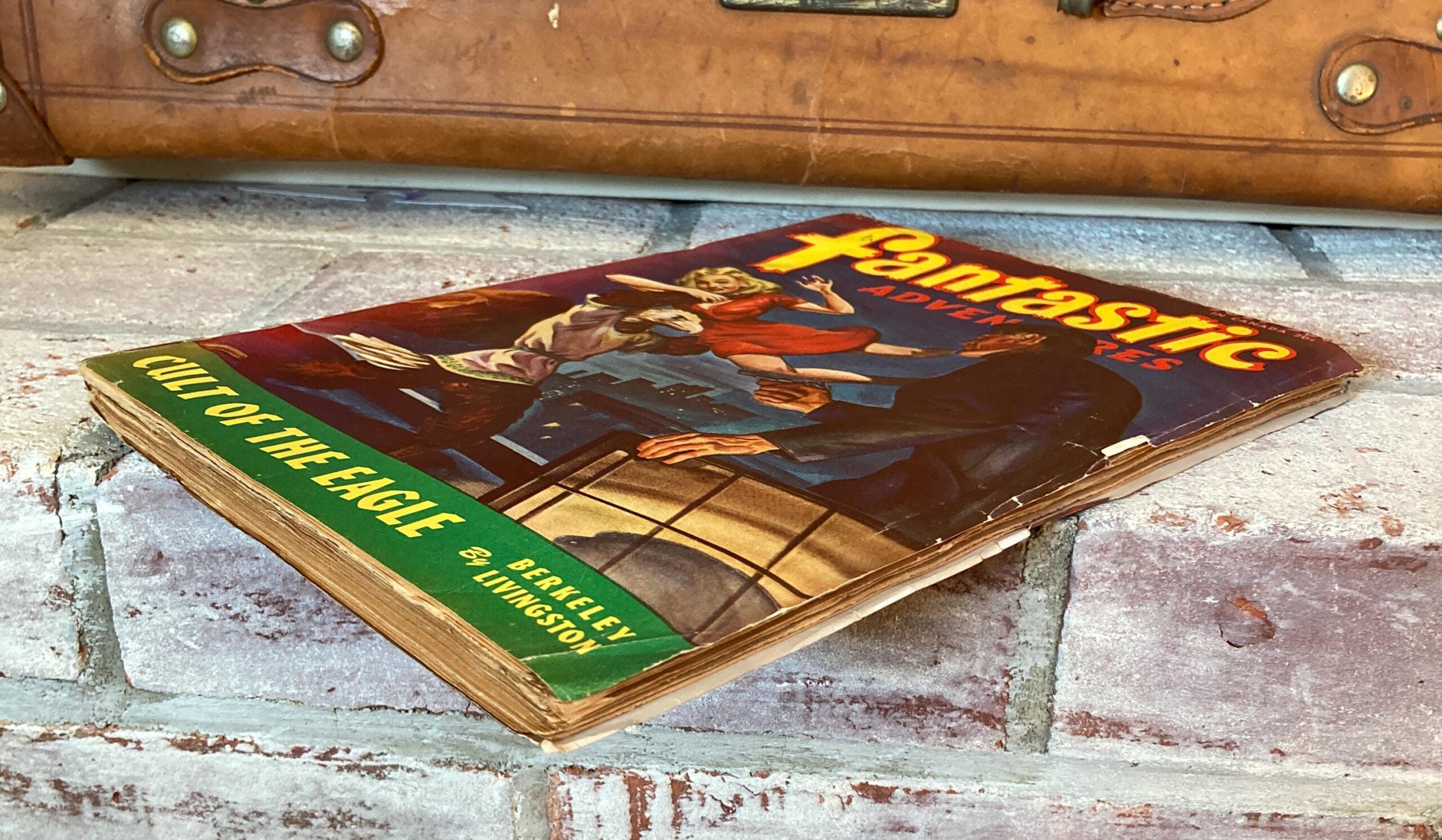
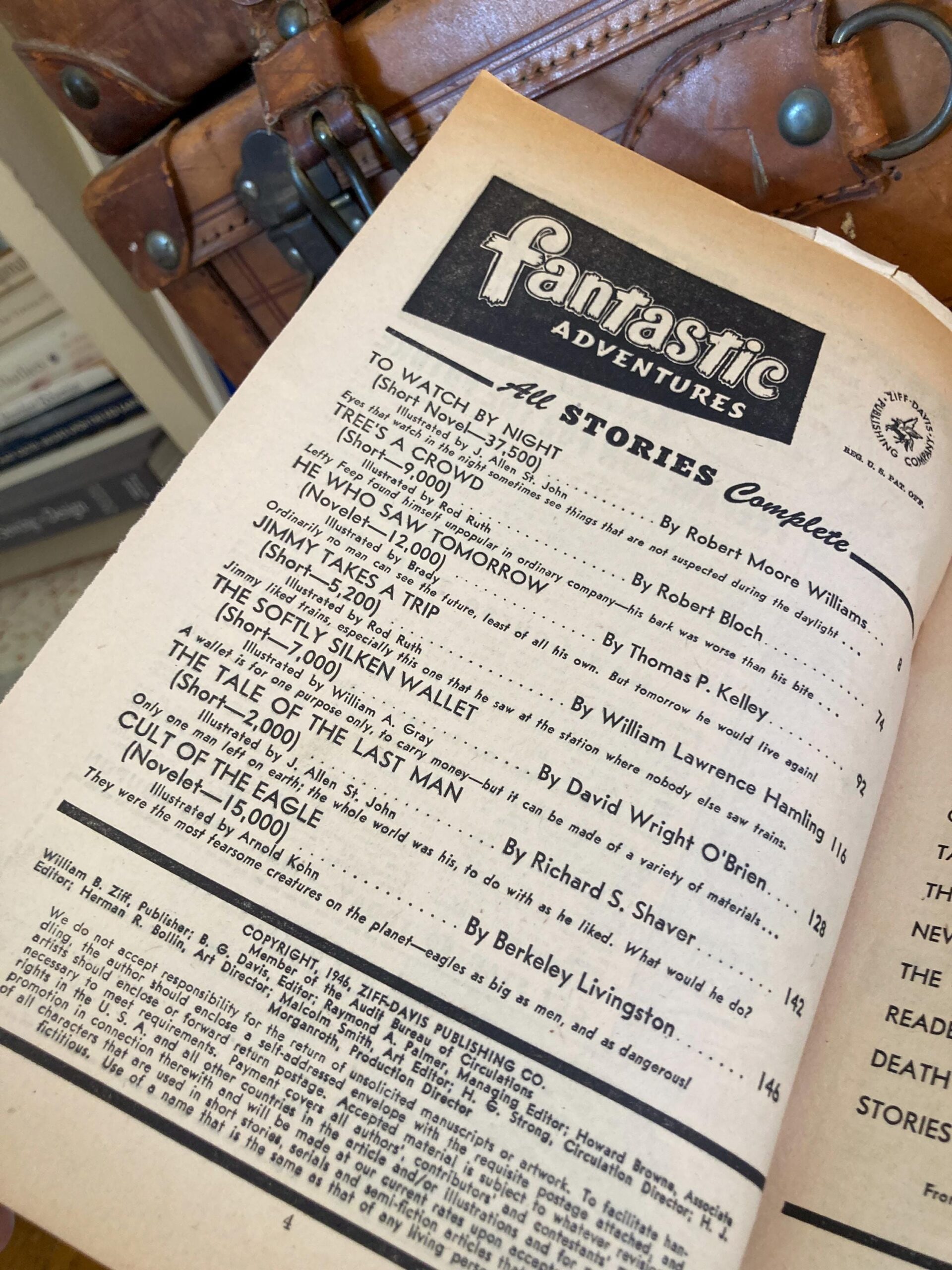
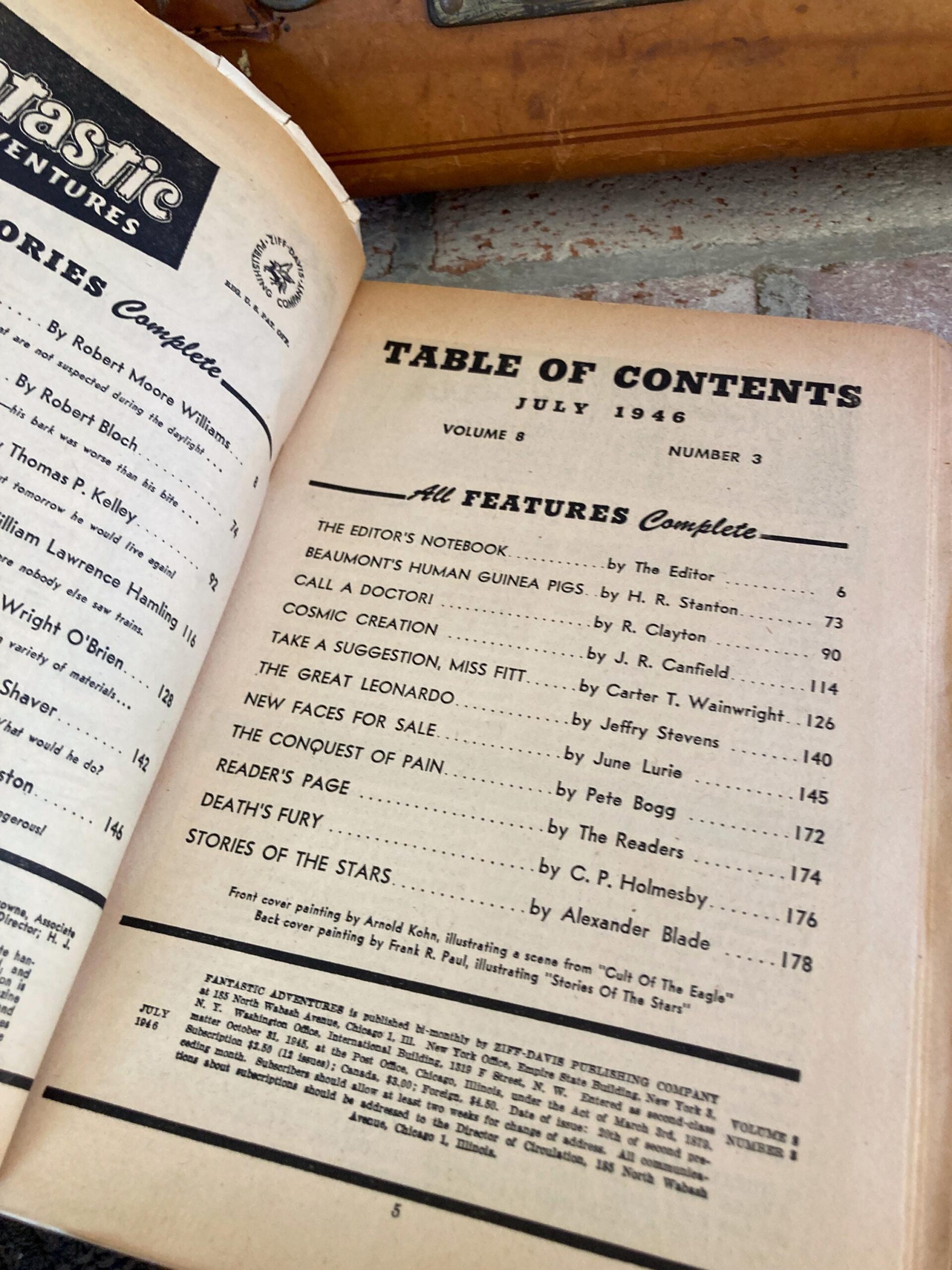
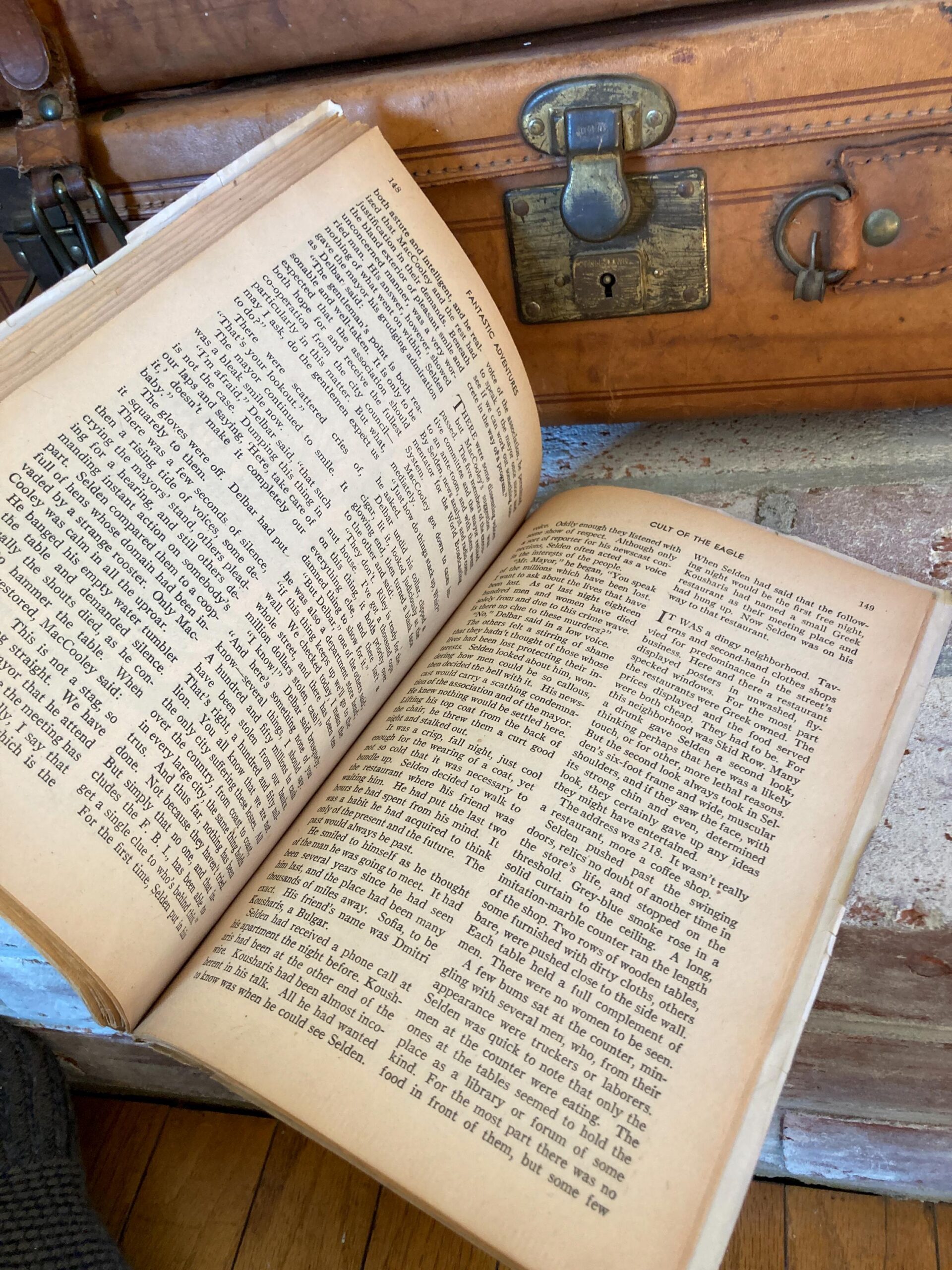
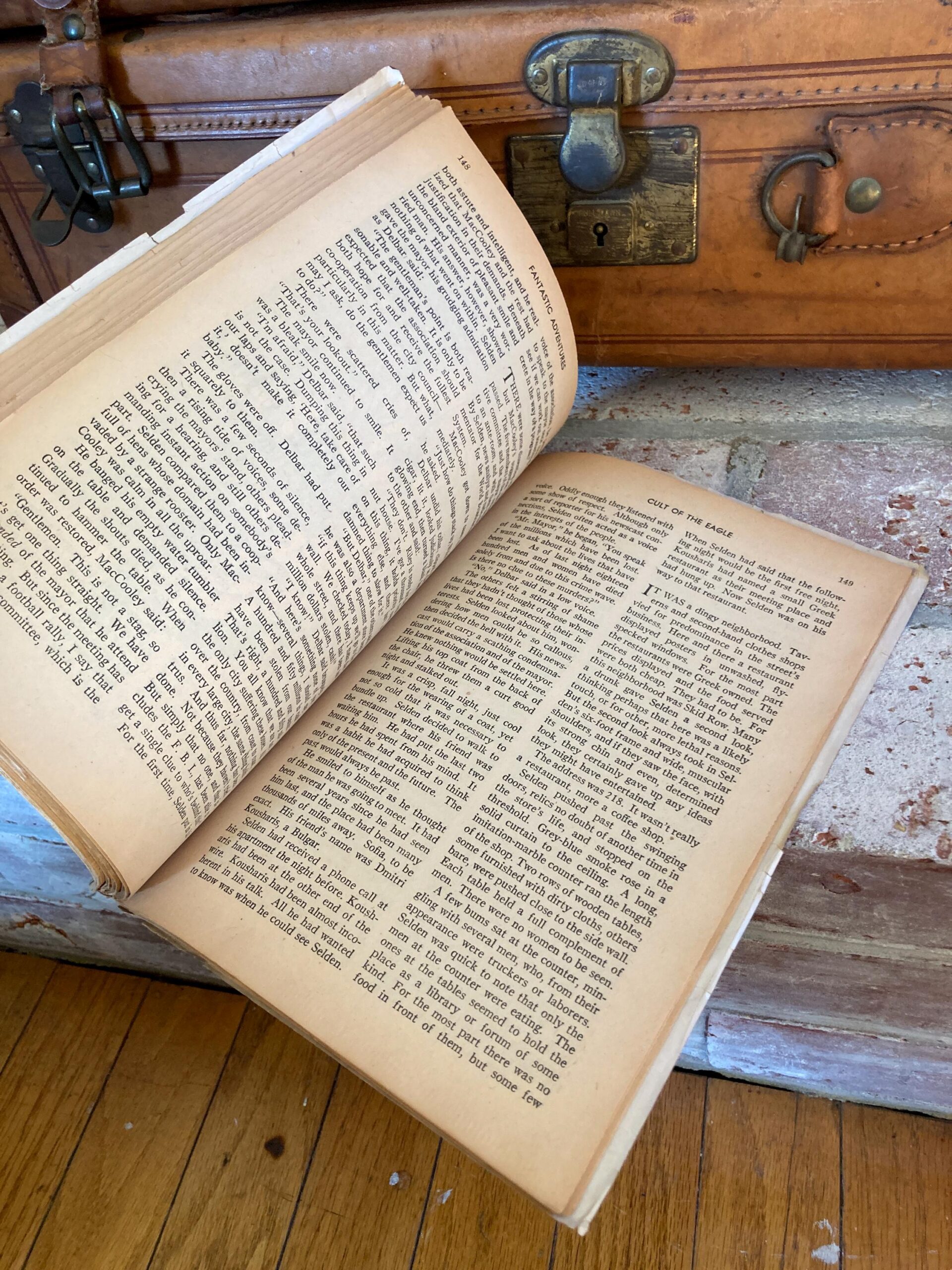
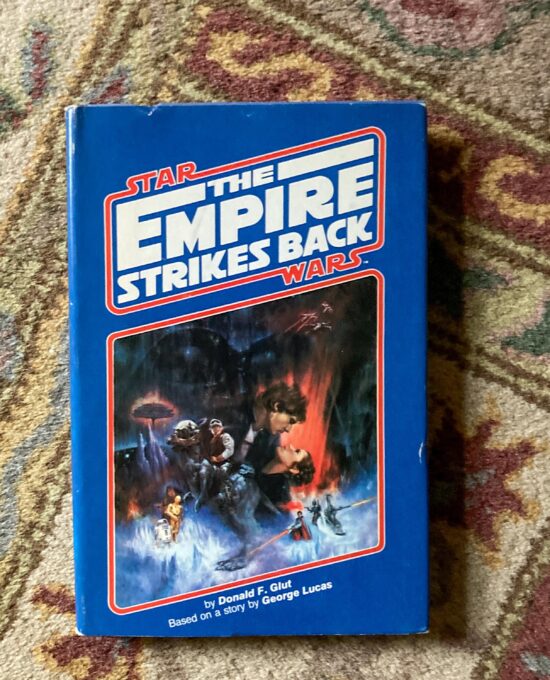
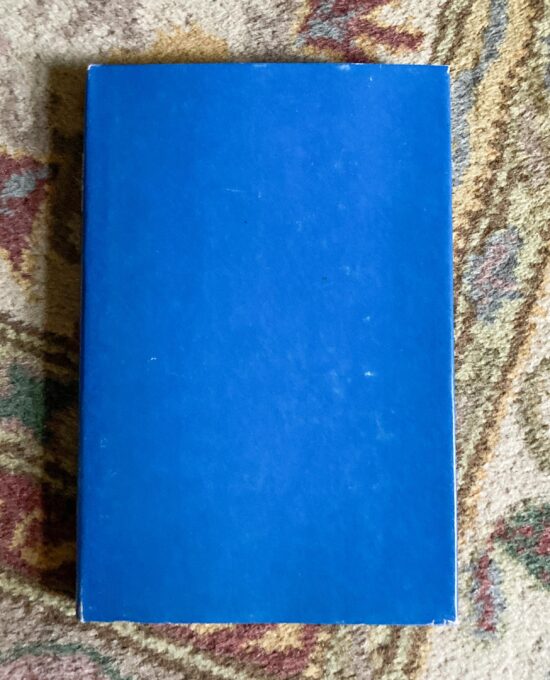
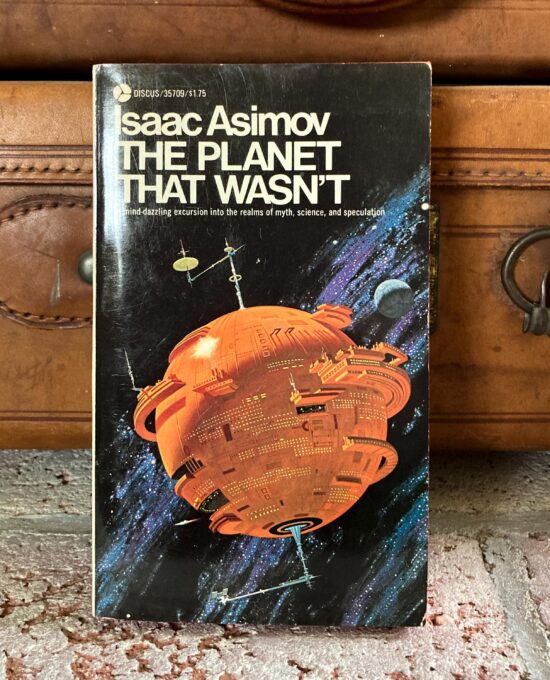
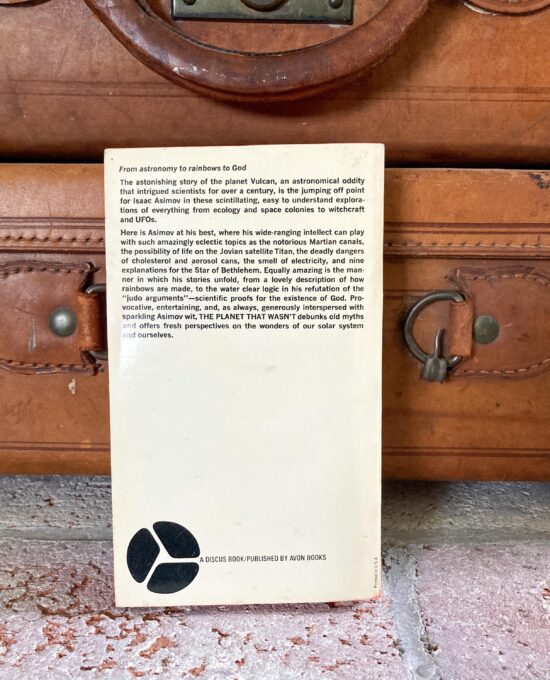
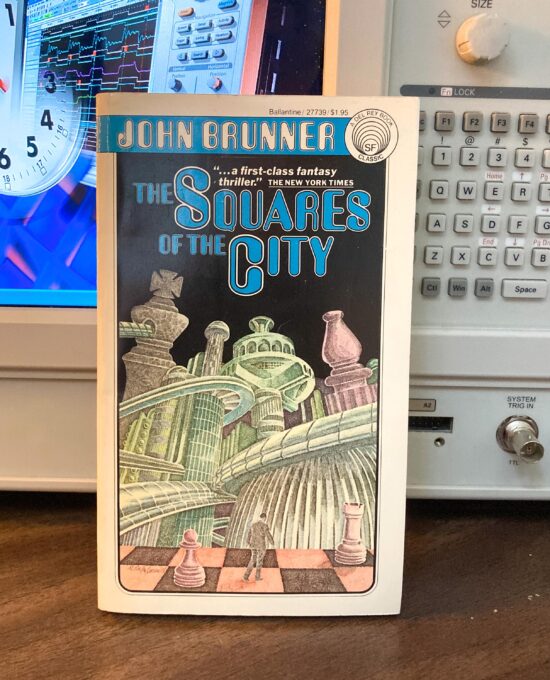
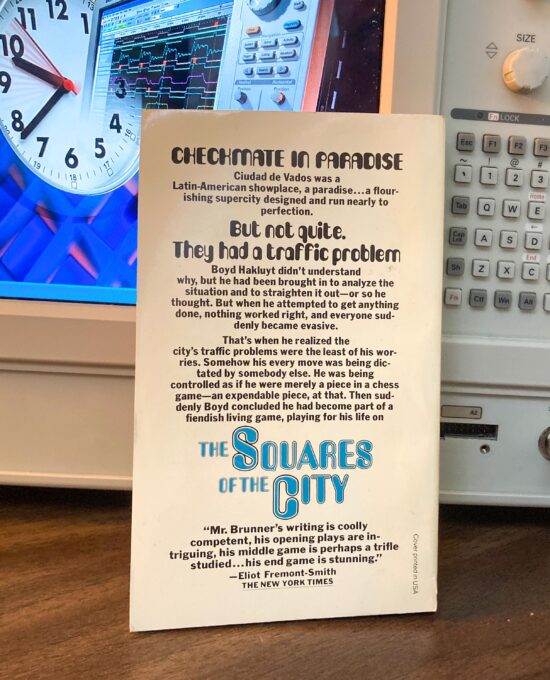
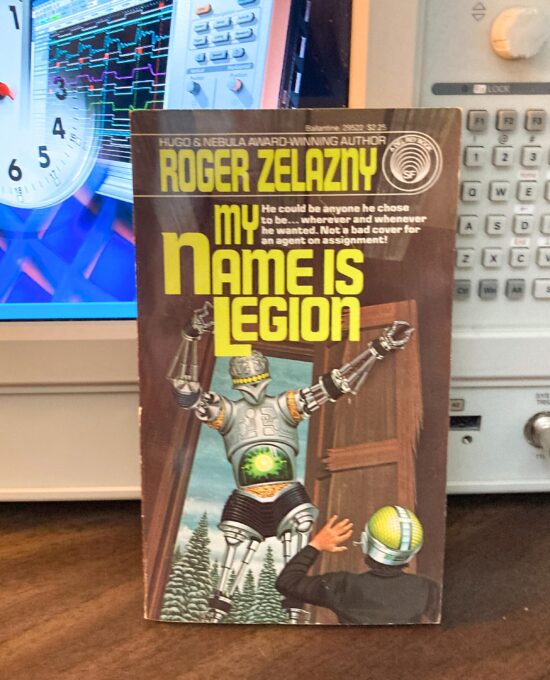
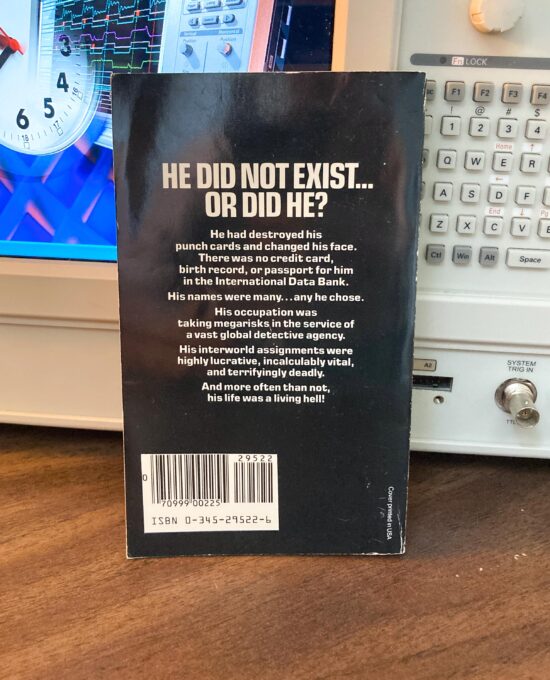
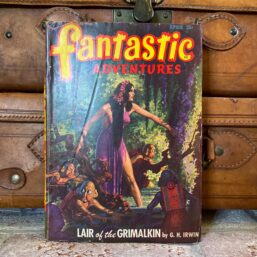
Reviews
There are no reviews yet.